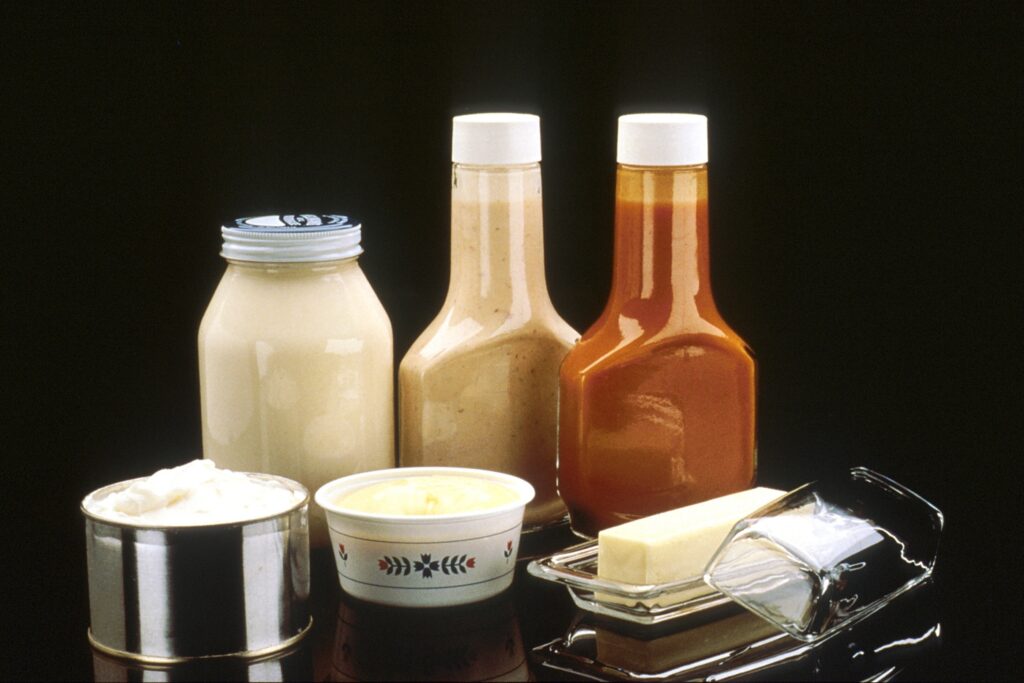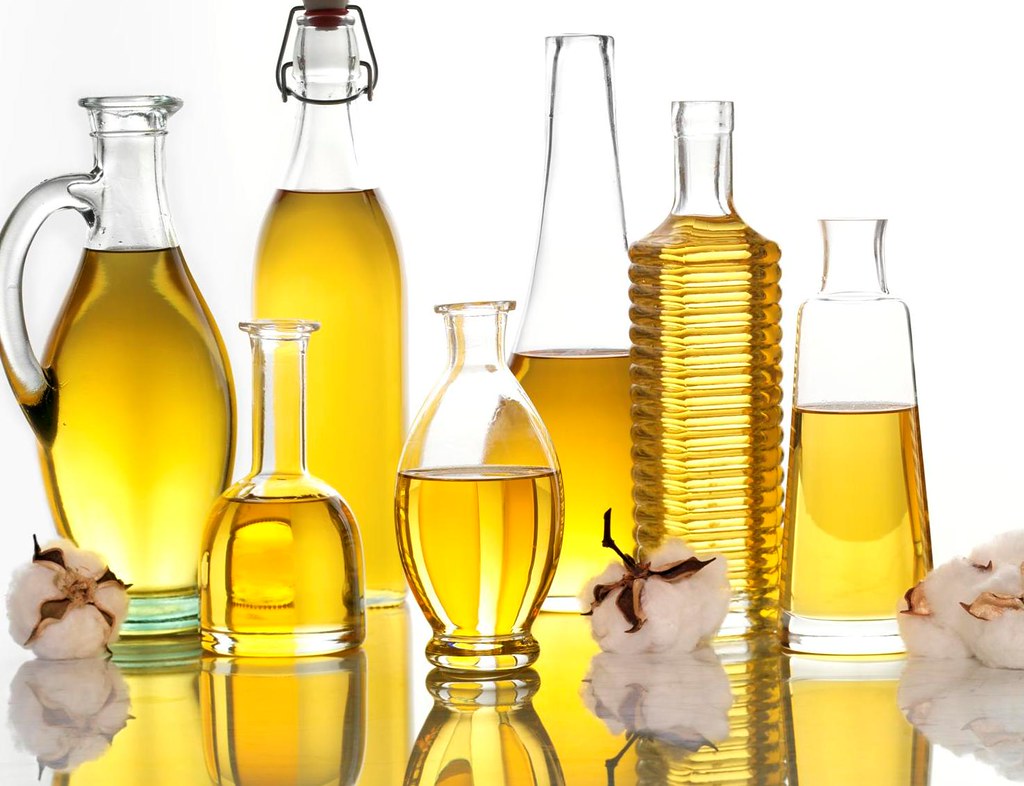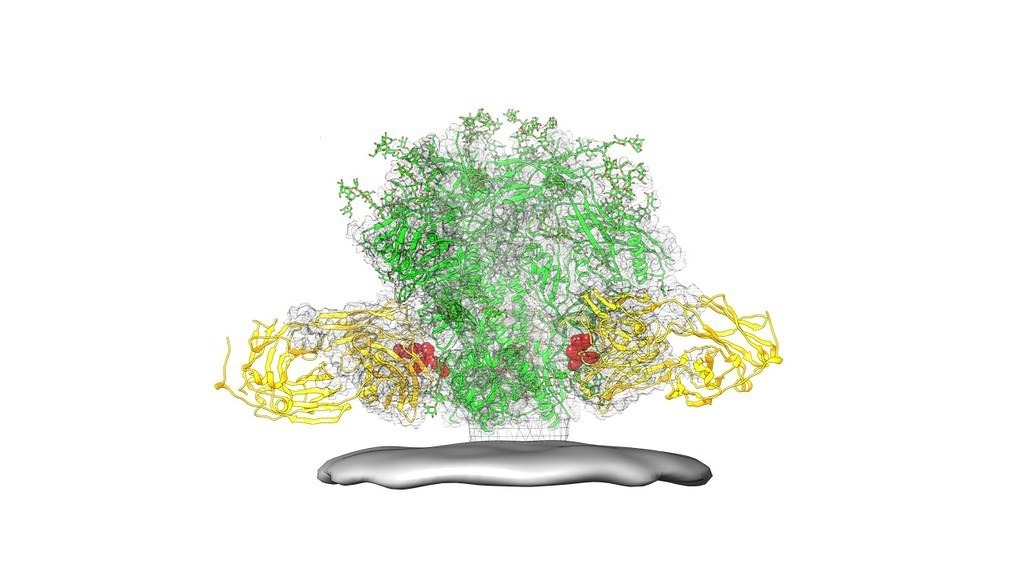
Science of Food Emulsion
Text
Emulsions are one of the common form of material we see around us daily either in food or in cosmetics. It is interesting to understand its science and technology.
To understand emulsions, we need to understand different phases like continuous phase and dispersed phase, we need understand emulsifiers and the process of emulsification.
Lets start with a basic question – what in an emulsion. In common language it is a stable mixture of im-miscible components. For example, you try to mix oil and water without any additives, it will separate. But on the other hand, mayonnaise, butter, cream are technically a homogeneous and stable mixture of fat and water only. So, mayonnaise, butter, cream are emulsion and fat and oils are different phases. One being continuous phase and other dispersed phase.
Let us understand these phases. From the term it can be understood that, the component which has to be dispersed i.e. uniformly distributed becomes dispersed phase and the component in which it has to be dispersed becomes continuous phase. Here is the big catch. Generally, we are taught that the component which is at higher quantity, becomes continuous phase and other becomes dispersed phase. For eg. If we have 20 ml of water and 80 ml of fat and mix them with the help of emulsifier, fat will become continuous phase and water will be dispersed phase and result will be an water in oil emulsion. But, this is not the right concept. Butter and Mayonnaise both have about 80% fat but butter is water in oil emulsion whereas mayonnaise is an oil in water emulsion. So, actual rule is the phase in which emulsifier is soluble becomes continuous phase. In case of an eggless mayonnaise, emulsifier used is milk powder which is soluble in water, so though water is only 20%, it becomes a continuous phase.
Now, lets understand emulsifiers. Emulsifiers are the additives which helps in stabilizing an emulsion. The question is how? For simplicity, let us consider that we are making an oil in water emulsion. If we apply high mechanical energy through agitation, the phases are broken down into small droplets and uniformly distributed. When we stop this agitation and allow system to settle, small droplets again combine together and form bigger and bigger droplets and thus getting separated into two phases. These oil droplets have affinity for each other, i.e have tendency to always remain together so But if we add emulsifiers, this separation is prevented. The emulsifiers being soluble in water, gets thoroughly distributed and then stuck on the surface of oil droplets and thus making a boundary around it. These layers of emulsifiers on the oil droplets prevent the near by droplets from merging together and thus separation of phases is prevented.
Nature of emulsifiers are defined in terms of HLB value i.e. hydrophilic to lipophilic balance value. In simple term, whether an emulsifier has more affinity for hydro i.e. water or for lipo i.e. fat. A high HLB value means it has high affinity for water i.e. more soluble in water. So as mentioned earlier, a emulsifier with high HLB value will form oil in water emulsion as it will be more soluble in water.



